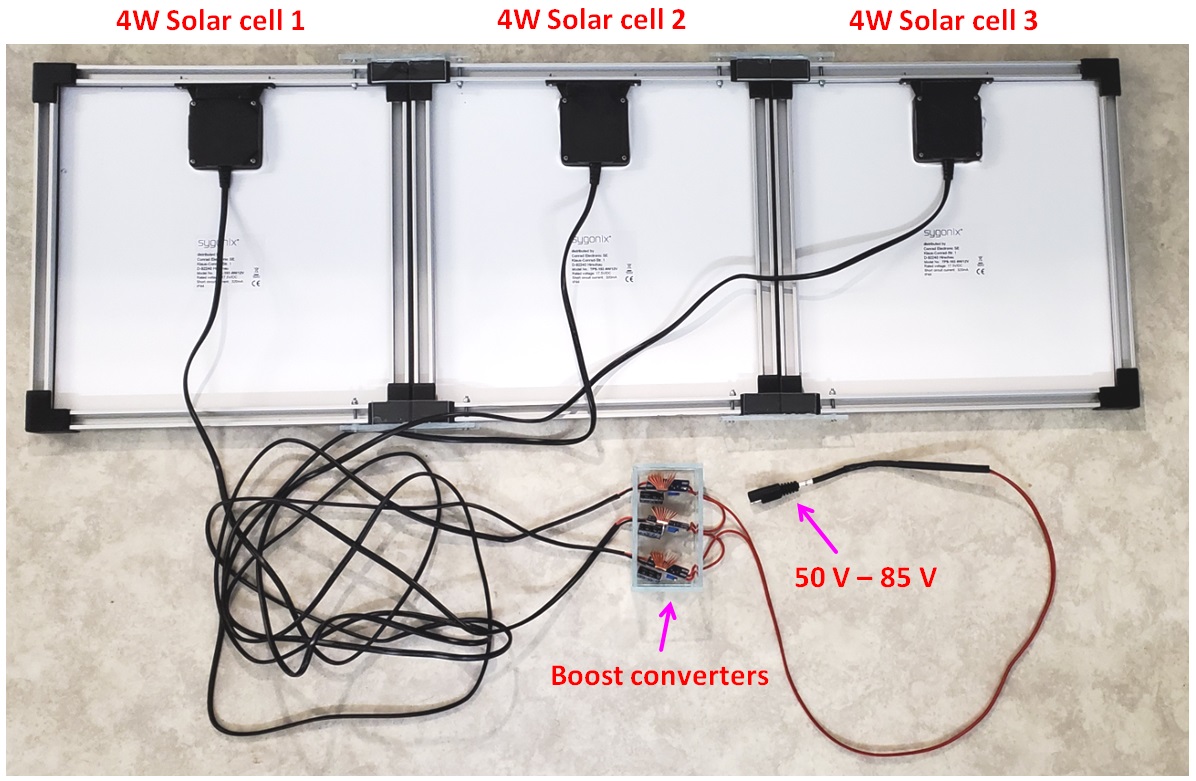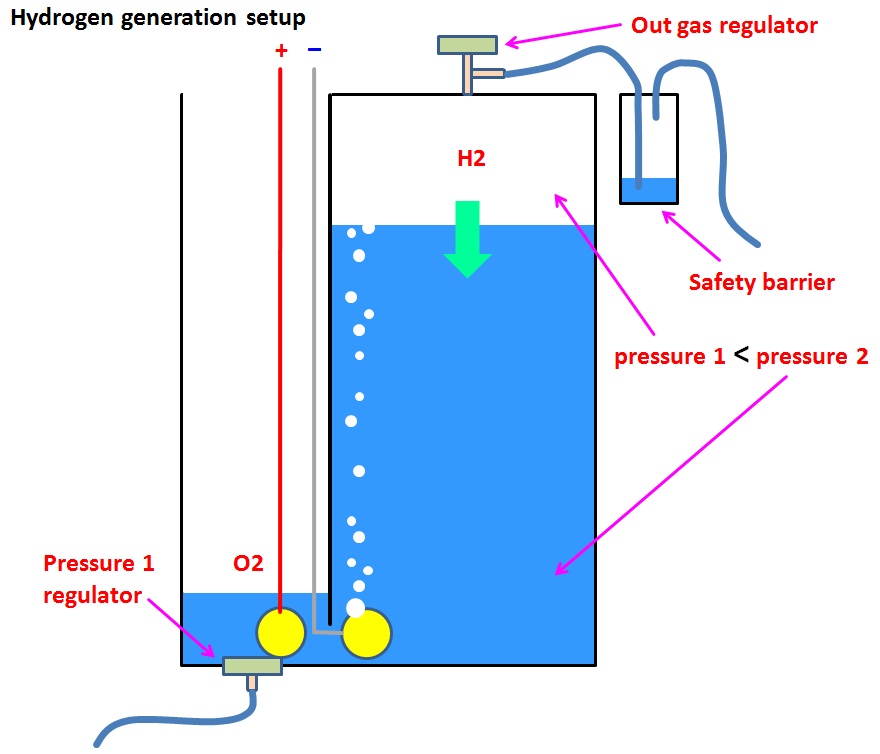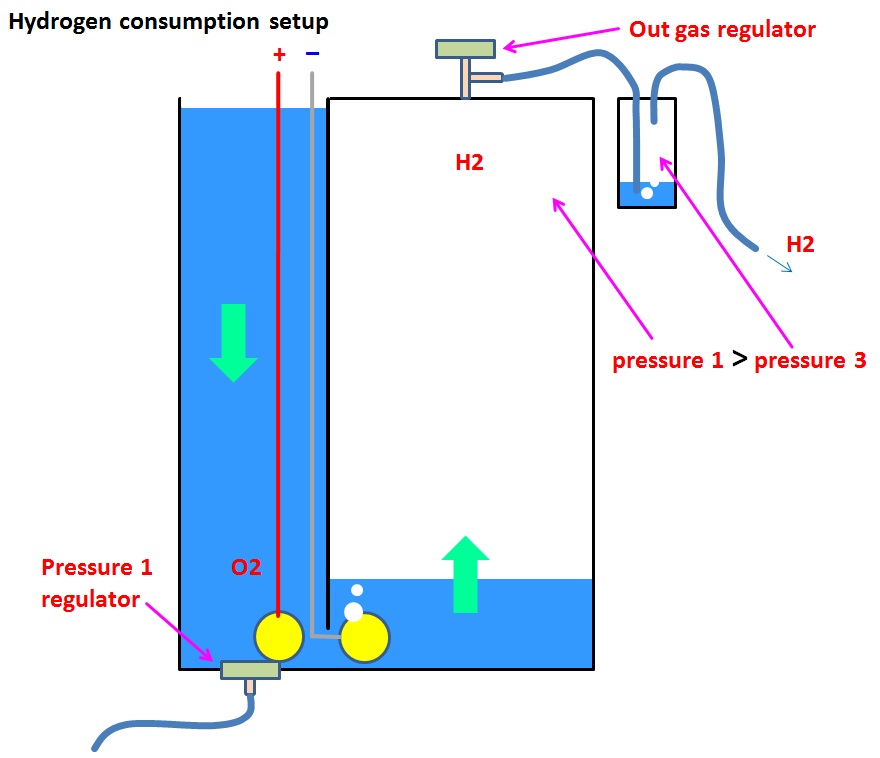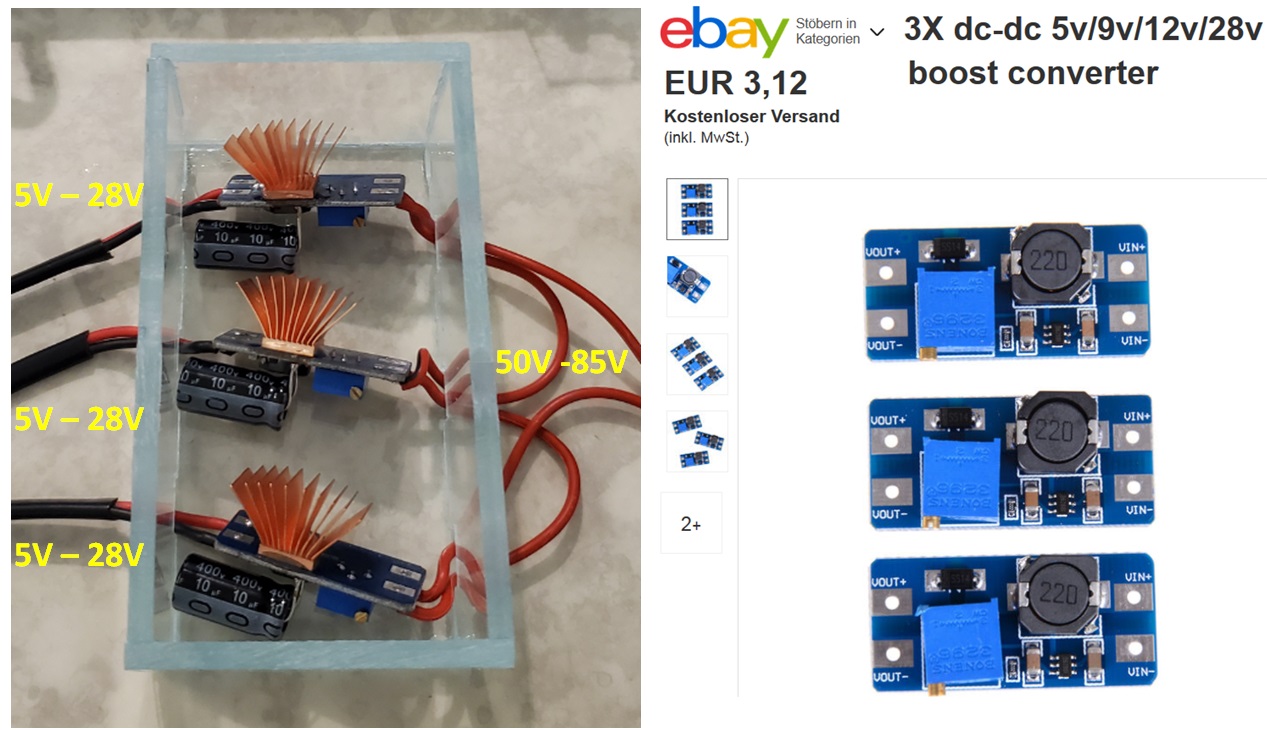The tutorial to free poor people on their oil dependency for cooking !!!

This is an open source concept and anyone is welcome to try!!!

It is very sad to see how poor people in developing countries suffer from gas dependency especially for cooking. The economical burden of the developing countries governments which mostly spending their resources on tackling COVID-19 also have to increase subsidy on cooking gas while the demand surged as people are cooking more at home while remaining indoors during lockdown.
[1] https://www.business-standard.com/article/economy-policy/non-subsidised-lpg-sees-8-price-rise-lpg-now-in-90-households-118122101261_1.html
[2] https://economictimes.indiatimes.com/industry/energy/oil-gas/home-cooking-during-coronavirus-lockdown-pushes-up-lpg-demand/articleshow/74886141.cms?from=mdr
In order to reduce CO2 polution from domestic activities such as cooking and also to reduce the dependency of poor people on gas and governments energy subsidy, we come up with a tutorial that allow the poor people or any NGO to help building their own Zero CO2 cooker by utilizing the solar energy to produce hydrogen gas with easily available electrolysis materials from local market. The tutorial is still on early stage and will be improved step by step.


[3] https://www.ft.com/content/dddb57ec-4d2d-11ea-95a0-43d18ec715f5
Basic_information.pdf [4]
Oxyhydrogen HHO is a mixture of hydrogen (H2) and oxygen (O2) gases, we avoid to use this technology because storing hydrogen together with oxygen is very dangerous. This is the reason we store the hydrogen suspended by water and if it is used, the hydrogen shall combine with the oxygen from the air.
[4] http://www.hysafe.org/download/997/BRHS_Ch1_Fundamentals-version%201_0_1.pdf
Cooking with Zero CO2 Tutorial !!!
This tutorial is dealing with pure hydrogen and not with HHO (Oxyhydrogen). Please don’t confuse yourself with HHO !!!
Prepare the following solar cells with the boost converter from Ebay
The construction of the hydrogen electrolysis system below allows normal house wife in developing countries to operate it easily. It also takes advantages of pressure regulation with water to increase the generation rate of Hydrogen.
Manual.pdf
The manual on how to build one by utilizing the materials found in developing country.
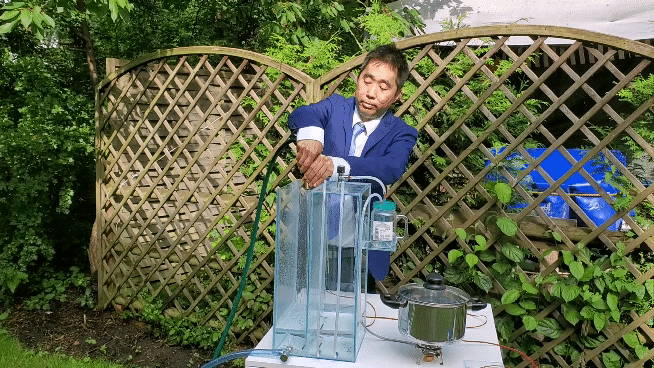
Connect the electrodes to the boost converters output and let the hydrogen gas collected in the right container
Prepare the following setup

Watch the video on how to operate it.
Insert the electrodes into the container
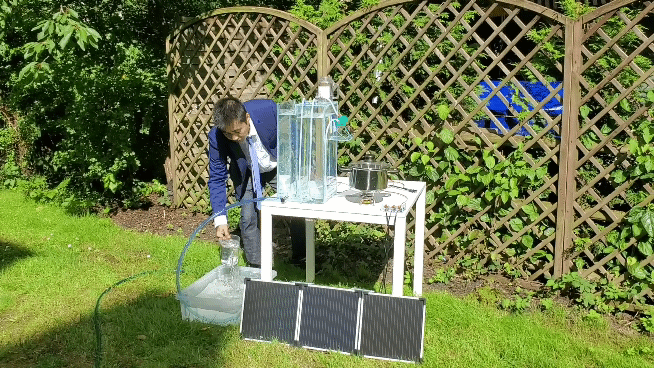
Watch the video on how to operate it.
Fill up the left container with the water until they right container reaches the same level opening the pressure 1 regulator
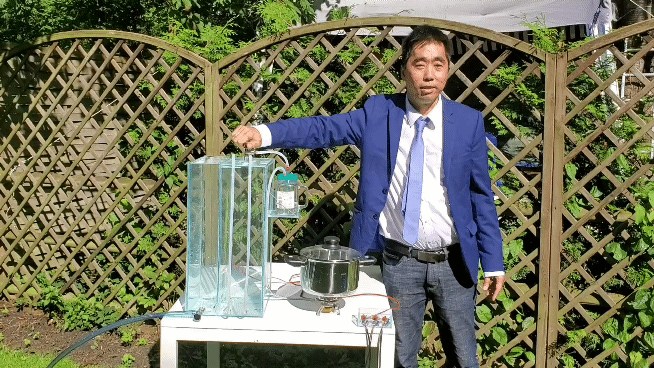
Watch the video on how to operate it.
Close the out gas regulator on the top of the right container and then empty the left container by
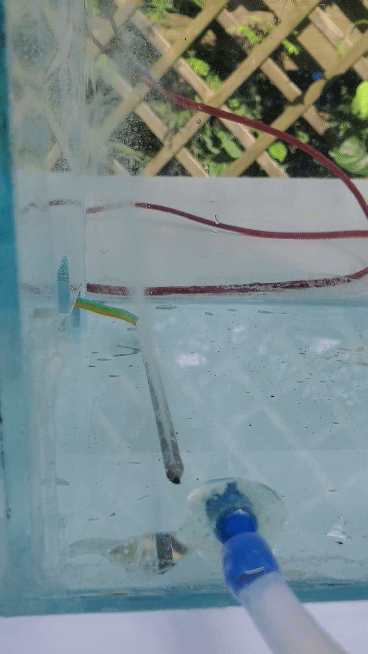
Watch the video on how to operate it.
Connect the electrodes to the boost converters output and let the hydrogen gas collected in the right container
It is producing 0.5 liter of hydrogen gas per hour. The graphite electrodes is very cheap and achieve similar output compare to two PEM fuel cell.

The very expensive PEM fuel cell that survived only for 1000 hours
Watch the video on how to operate it.
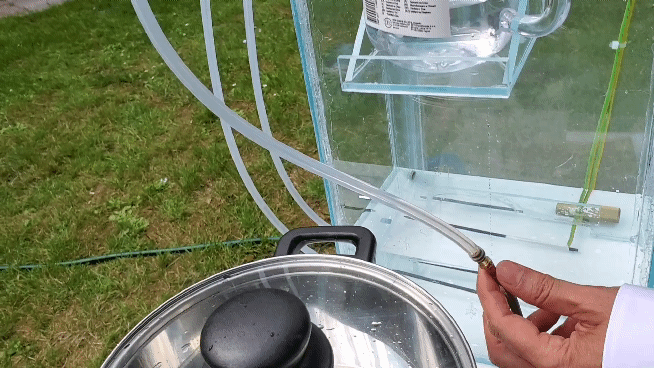
Add water to the left container and open the out gas regulator to let the hydrogen flow to the gas cooker
Watch the video on how to operate it.
Exploring the potential for domestic hydrogen appliances
By Stephen Livermore1st May 2018 12:42 pm
https://www.theengineer.co.uk/domestic-hydrogen-appliances/
In this experiment we started by burning a wooden catalyst to generate flame and then we released the pure hydrogen into the flame to react with the oxygen in the air. A better pure hydrogen gas stove can be found in the following link:
The low voltage outputs from the solar cells shall be boosted and serried to increase the efficiency of the catalysts

